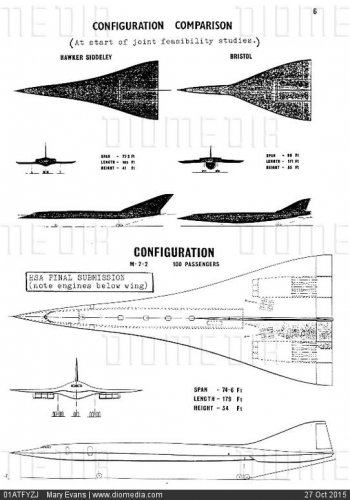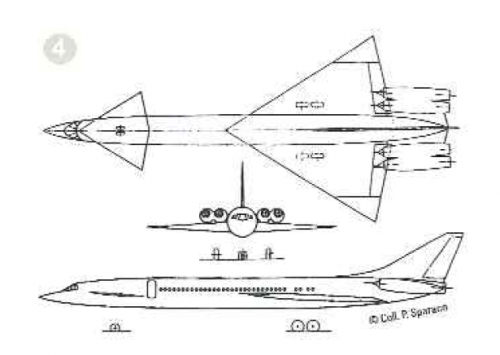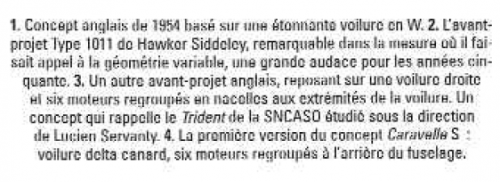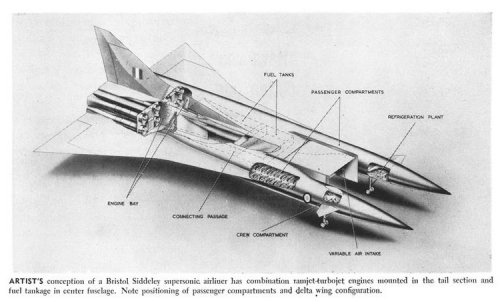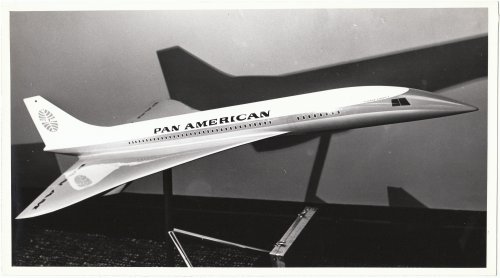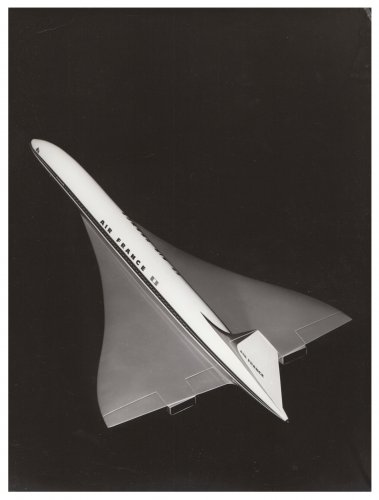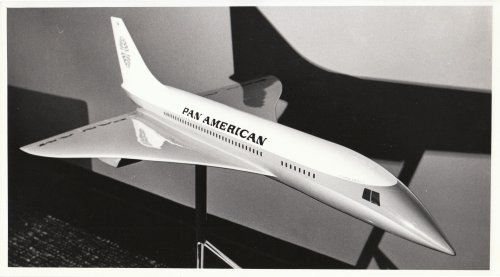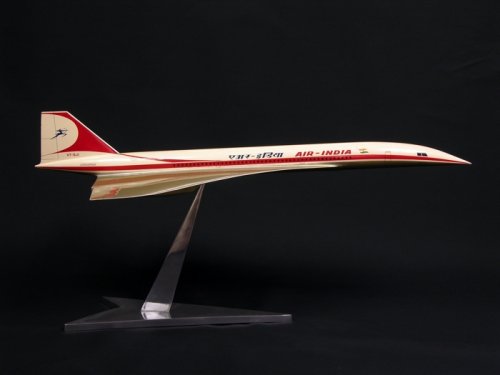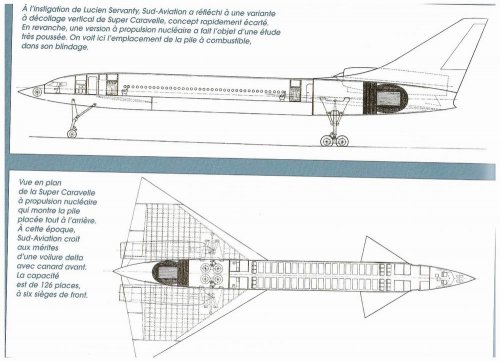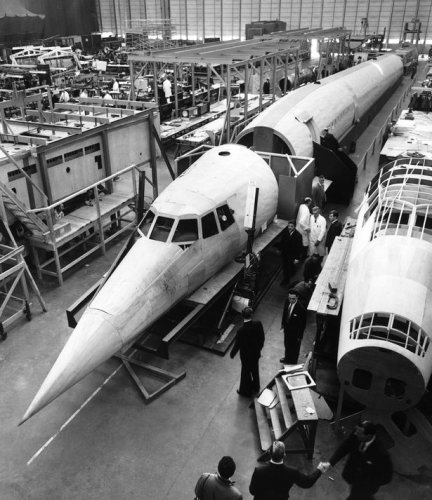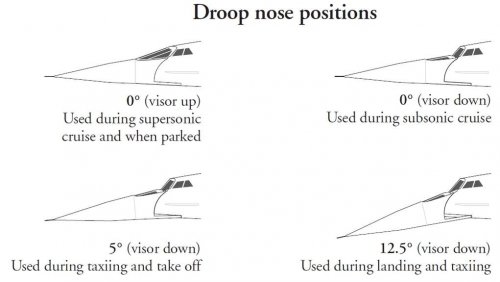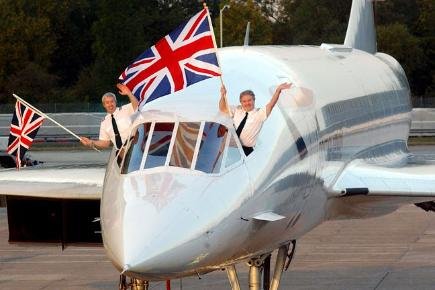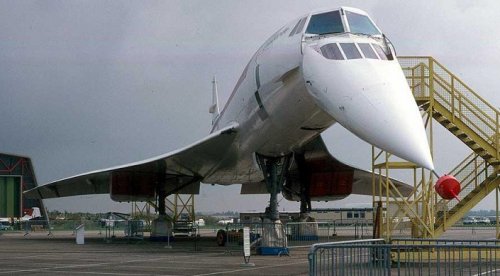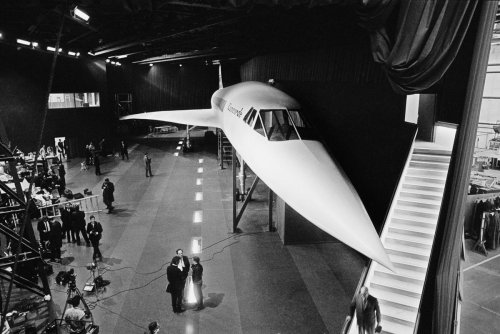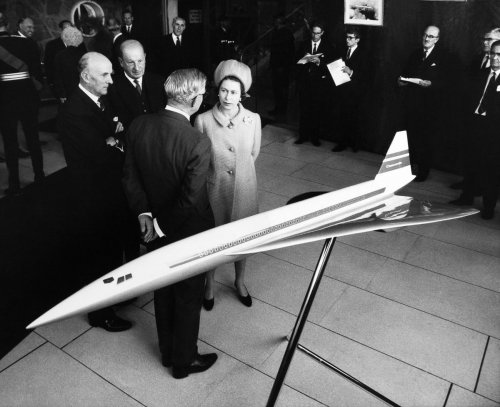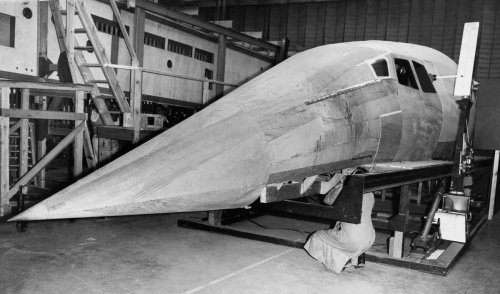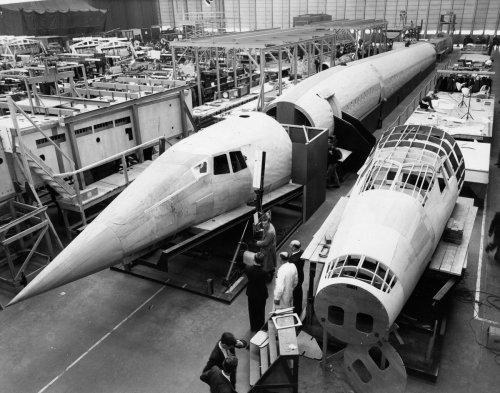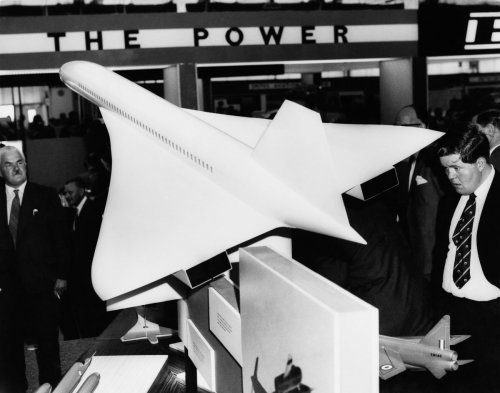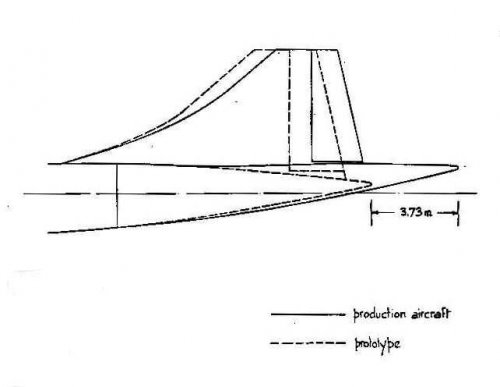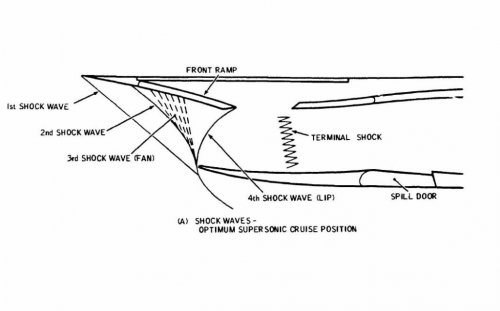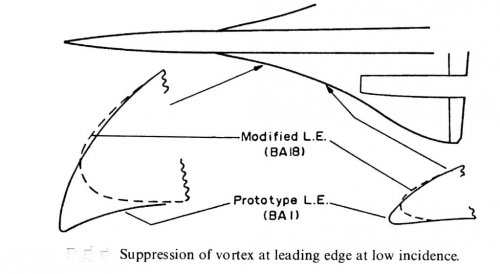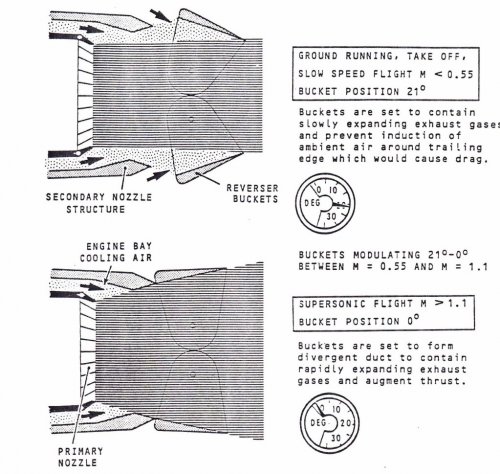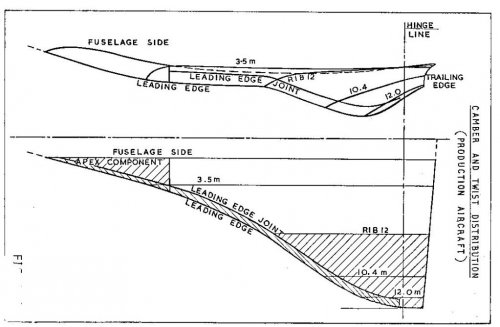The arguments over Concorde are well rehearsed. Everyone agrees that it was a beautiful aircraft and an outstanding engineering achievement. Everyone knows that it was a commercial failure and cost the British and French taxpayer a LOT of money. What seems harder to get an authoritative view on is whether Concorde ever could have been a commercial success. There are articles in the Flight archive from the early to mid 1960s, explaining how a supersonic airliner could do two transatlantic flights a day, so a 144-seat Concorde was equivalent to a 300-seater subsonic airliner. The designers seem to have hoped that, like jet airliners a few years earlier, supersonic flight would start off as a premium service for the elite, and then become the norm for the masses.
What happened in reality of course, is that the programme slipped, and in the highly inflationary environment of the 1960s, delay meant spiralling costs. The understandable concerns of environmentalists and those who would be living under the flightpath restricted the routes open to Concorde. Then the oil price exploded, the economics of the aircraft went from dubious to hopeless, Pan Am cancelled their options, and everyone else followed suit. The Concorde B model, with better range, noise and economics, never got off the drawing board. But could it have been different? Might it even have worked out better for Britain or France to develop a SST as a one-nation programme, since the mechanics of collaboration seem to have added to the delays? If Concorde had been ready for service in 1972, as originally hoped, would the airlines have decided that they needed a couple for reasons of prestige?
Can anyone imagine a scenario where Concorde might have at least broken even?

